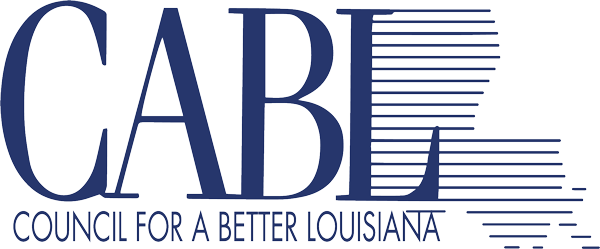
College students are heading back to class this week, but for close to 50,000 of them, the experience is a little different than it was at this time last year. That’s because in 2016 they were returning under the threat of a coming cut in their TOPS scholarships. It didn’t happen for that fall semester, but spring saw awards slashed for the first time in the history of the program. This year that kind of scenario doesn’t seem to be on the horizon, but the state’s now chronic challenges with balancing its budget have created a new incentive for lawmakers to take a closer look at TOPS.
It wasn’t all that long ago that the TOPS scholarship program seemed virtually untouchable. But in 2016, it got “touched” for the first time ever and it happened in a big way. That shock to the system, and the overall state funding issues of the last decade, seem to have been the catalysts for a new legislative interest in TOPS. For evidence of that, look no further than the wide variety of bills filed the last couple of years offering new ideas to “reform” TOPS or at least make adjustments to the program.
The only real change that has passed was the one in 2016 which decoupled the TOPS scholarship award from tuition. Essentially what that means now is that if tuition goes up, the TOPS award amount won’t automatically adjust to cover it, keeping something of a lid on the rising costs of the program.
During the last legislative session, TOPS was again in the spotlight with lawmakers proposing a variety of changes to the program. Nothing came of that except a resolution to create a task force made up of legislators to study TOPS.
On first blush one might wonder what it is we need to know about TOPS that we don’t know already. Clearly, it’s been reviewed on numerous occasions and there is ample data available about the program. But the resolution does note the increases in tuition that have occurred in recent years, the reductions in state funding to higher education, and the need to look more broadly at the entire scope of student financial aid.
CABL believes this task force review could be a good idea. Earlier this year in a CABL commentary we looked at the rising costs of the program, the changes lawmakers and higher education officials were suggesting, and the adjustments other states have made in their signature scholarship programs and made a suggestion: “Maybe we should take a full step back and put aside the money questions surrounding TOPS and consider, what, two decades after its creation, we now want TOPS to be.”
We went on to say, “We can try to continue the TOPS model as we know it, at whatever level of state funding is available, or maybe we can think about reimagining it for the realities of today.”
Those questions still seem appropriate today and we hope that’s what this task force will do. This is in no way a criticism of TOPS or a suggestion we should get rid of it. Instead it’s simply an acceptance of the fact that times and circumstances change and resources are limited. Isn’t there some validity to the exercise of pretending that we are starting from scratch, assessing the current environment surrounding higher education, and then imagining how we would design a merit-based scholarship program to meet the needs of our students and the state in 2017?
We might very well end up where we are already, but the truth is, we would probably think about it differently than we did back in 1997 when the program was created and suggest some refinements that make it more responsive to the needs of today. Doing so is not heresy nor is it any kind of indictment of the program as we know it. It’s simply the appropriate review of a major state policy that should be the norm across state government.
For that reason we urge the legislators who will serve on this task force to study all the data that is available on TOPS, consider its early history and why we have it, and review the growing number of suggestions that are being made to adjust the program. And then, take a second look at TOPS with fresh eyes and open minds. If they do, it’s likely that they will find areas where the program can be tweaked or improved.
Implicit in all of this is not that TOPS be thrown out or dismantled, but that maybe it can be updated. Our computer programs do that all the time without fundamentally changing them. Windows 10 is still Windows. And just because after 20 years we might come up with a TOPS 2.0, that doesn’t mean it can’t still be TOPS.
